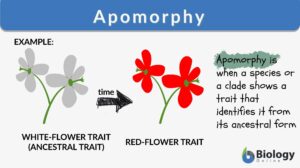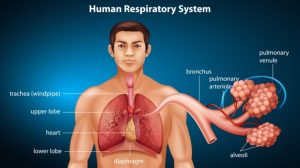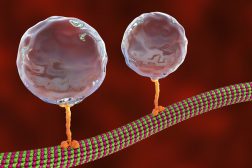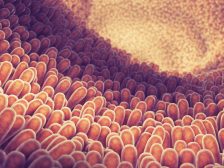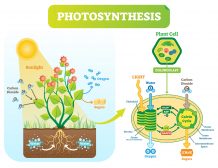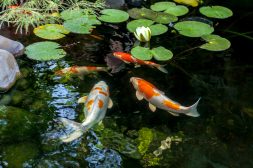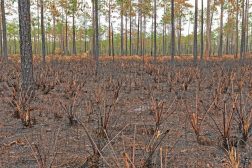
Apomorphy
n., plural: apomorphies
Definition: in phylogeny, a “derived” trait of a clade or of species
Apomorphy Definition
Apomorphy (biology definition): A derived trait or characteristic that identifies a species or a taxonomic group (taxon) from the ancestral trait. Etymology: apo= “away from”+ morph= “shape”
More About Apomorphy
Cladistics is a system used for biological classification. It categorizes organisms based on the traits they share. A cladogram is a diagram used in cladistics mainly for tracing ancestry and descendants as it shows the extent of relatedness of taxa (clades).
Willi Hennig, a German biologist, introduced the concept of cladistics (phylogenetic systematics). He coined many terms that were fundamental in cladistics, such as synapomorphy, symplesiomorphy, and paraphyly. According to Hennig’s “auxiliary principle”, he posited that “the presence of apomorphous characters in different species is always reason for suspecting kinship (i.e., that the species belong to a monophyletic group), and that their origin by convergence should not be presumed a priori.” (Ref. 1)
There are two types of characters (traits) described in cladistics:
- Plesiomorphic characters (traits)
- Apomorphic characters (traits)
These two types are based on where they occur in phylogenetic history. A plesiomorphic character occurs “near” the ancestral morphology, thus, referred to as the “ancestral trait”. An apomorphic character occurs “away” from the ancestral morphology, and therefore, may be referred to as the “derived trait” from the ancestral trait; it’s more like an “innovation” from the ancestral form.
For example, a plant species that descended from a white-flower-bearing ancestor eventually became a red-flower-bearing species. The red-flower trait is an apomorphy, i.e., a trait that innovated from the ancestors and made that species “unique” from that found in its ancestor. That trait may also set it apart from other clades that descended from the same ancestor.
If, for instance, the two species that descended from the same ancestor share the same “innovative” trait, then, this is particularly an example of synapomorphy (homology). If the “innovative” trait is unique to the taxon and not found in any other taxa, then, that trait is referred to as autapomorphy. The feathers for flight as a distinctive trait of birds and the capacity for speech in humans are examples of autapomorphy.
Reference
1.Hennig, W., Davis, D. & Zangerl, R. (1999). Phylogenetic systematics. Urbana: University of Illinois Press.
©BiologyOnline.com. Content provided and moderated by Biology Online Editors.
